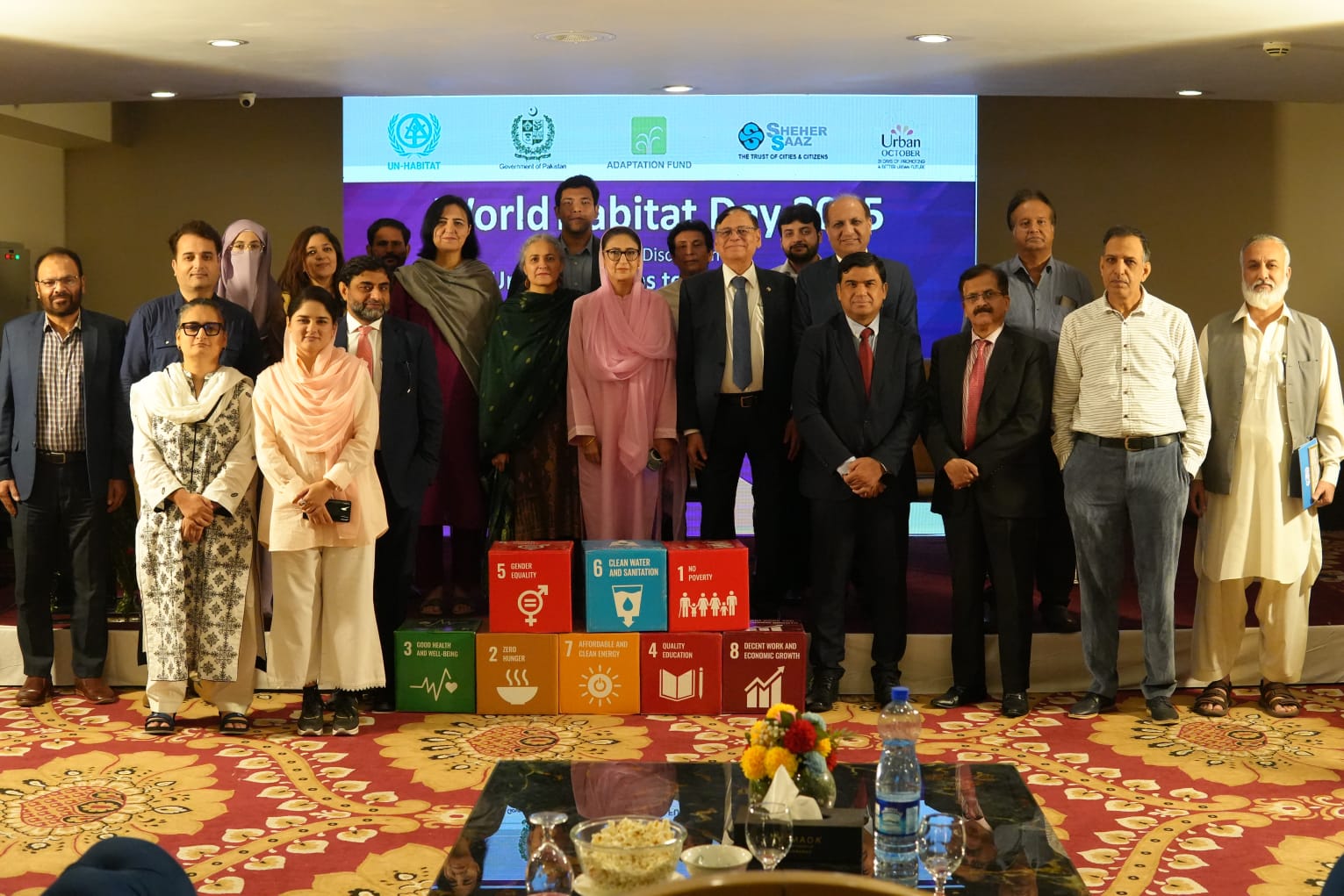Pakistan continues to face a pressing challenge in ensuring education for all, with an estimated 26.2 million children between the ages of 5 and 16 currently out of school. In response, Non-Formal Education (NFE) has emerged as a crucial alternative to bridge this gap. The Annual Statistical Report 2022–23 offers a comprehensive overview of the state of NFE in the country, highlighting its reach, progress, challenges, and opportunities.

This report captures the scope and effectiveness of NFE programs, particularly Non-Formal Basic Education (NFBE) and Accelerated Learning Programs (ALPs), while also shedding light on adult literacy efforts and the inclusion of marginalized groups such as refugees and religious minorities.
Expanding Access Through Non-Formal Education
Non-Formal Education in Pakistan is designed to provide flexible, inclusive, and community-based learning opportunities to those excluded from the formal education system. As of 2022–23, the NFE system consists of 31,522 centers, staffed by 33,733 teachers, and serving over 1 million learners across the country. Of these learners, 57% are girls—a promising indication of the system’s ability to support gender parity, especially in provinces like Sindh and Khyber Pakhtunkhwa, where female enrollment rates are notably high.
The overall enrollment increased by 14% compared to the previous year, a significant recovery following a sharp decline in 2021–22 due to the mainstreaming of students and completion of temporary projects. This year’s increase included a remarkable 68% rise in enrollment in the Islamabad Capital Territory (ICT), showcasing the potential for rapid growth when the enabling conditions are in place.
Gender Dynamics in NFE
The NFE system demonstrates strong female representation, not only among learners but also among educators. A substantial 84% of NFE teachers are women, with regions such as AJK, Punjab, and KP leading in female teacher ratios. This trend is especially important for improving access for girls, as female teachers often encourage parental trust and community support.
Moreover, 74% of NFE centers are co-educational, which plays a significant role in promoting inclusivity. However, there are stark provincial contrasts. While Punjab and AJK have nearly universal mixed-gender centers, KP has only 1%, with most centers there catering specifically to girls.
Program Models and Educational Outcomes
The majority of NFE centers (approximately 95.5%) focus on NFBE and ALP programs targeting children. Of these, 94% operate at the primary level, while middle and middle-tech ALPs—though still a small proportion—are rapidly expanding. The number of ALP (Middle-Tech) centers doubled from 630 to 1,442 in one year, now enrolling nearly 40,000 learners.
ALP programs are showing clear advantages in retention and learning progression. While conventional NFBE programs have a low retention rate of just 22% from kindergarten to grade five, ALP retention stands at a much healthier 70%, thanks to their flexibility and focus on prior learning.
Adult Literacy: A Critical Gap
Despite an estimated 67 million people aged 10 and above lacking basic literacy skills, adult education remains underdeveloped. Only 1,416 literacy centers are operational, catering to just under 33,000 learners—a figure that has declined from previous years. All these centers serve female learners, with the highest concentration in Punjab. The report stresses the urgent need to scale up adult literacy programs, particularly by integrating vocational skills and alternative delivery models such as digital or hybrid approaches.
Inclusion of Marginalized Populations
The report also explores the inclusion of non-Pakistani and non-Muslim learners in NFE programs. While their numbers remain small—0.7% of learners are Afghan refugees and 0.6% belong to minority religious communities—their participation reflects the inclusive potential of NFE. Among non-Muslim learners, Hindus constitute 64% and Christians 35%.
These learners often face legal, cultural, and economic barriers that prevent their entry into formal education. The NFE system offers a flexible model that can be tailored to their needs, but further expansion and targeted outreach are essential.
Regional and Sectoral Trends
Geographically, Punjab leads in both enrollment and infrastructure, hosting 57% of learners and maintaining high rates of mixed-gender centers and female teachers. KP follows with 27% of total enrollment, although its gender-segregated model differs significantly from other regions. Sindh, Balochistan, GB, and AJK represent smaller shares, though there is considerable variation in performance and access within these areas.
The development sector, historically a key partner in NFE delivery, saw its contribution drop from 18% to 9% of total enrollment in 2022–23. This decline points to the need for renewed investment and collaboration with NGOs and civil society to innovate and scale NFE programs effectively.
Strategic Recommendations
The report outlines several strategic directions for the expansion and strengthening of the NFE system:
- Scale up NFBE and ALP programs to accommodate the growing number of out-of-school children.
- Expand adult literacy initiatives with a focus on life skills, employability, and community integration.
- Enhance female participation by recruiting more female teachers and establishing co-educational centers in culturally appropriate areas.
- Invest in accelerated and flexible learning models, particularly ALP (Middle-Tech), to improve retention and transitions to higher levels of education.
- Improve learner-teacher ratios, aiming to optimize existing capacity and include more marginalized learners.
- Promote inclusive policies to support the education of refugees, stateless individuals, and non-Muslim learners.
Conclusion
The Annual Statistical Report 2022–23 on Non-Formal Education in Pakistan offers a detailed and encouraging picture of the progress made in expanding access to education through non-traditional pathways. While challenges persist—particularly in adult literacy, retention, and inclusion—the NFE system has demonstrated its potential as a viable, equitable, and responsive mechanism for addressing Pakistan’s education crisis.
To fully realize this potential, sustained investment, cross-sector collaboration, and policy innovation will be essential. Non-formal education is not merely a supplementary approach; it is a foundational component of achieving the national goal of education for all.





